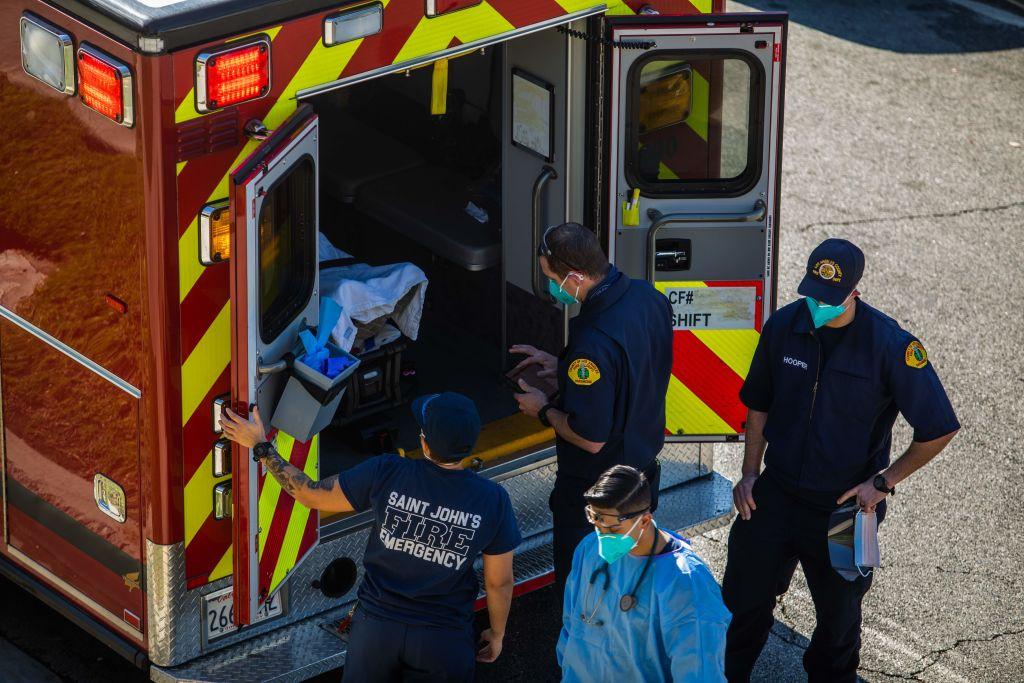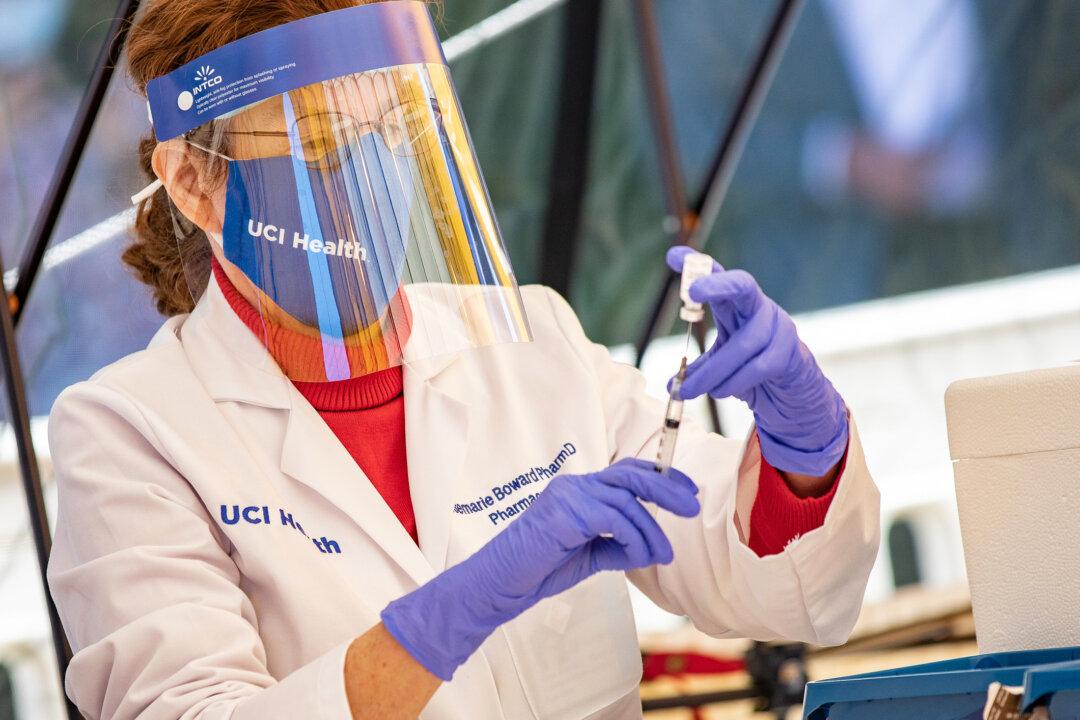A directive to Los Angeles County emergency crews to avoid bringing adult patients into county hospitals who have little chance of resuscitation, or are proclaimed dead, reflects the seriousness of overstressed hospital conditions during the pandemic, says one expert.
Under the order, emergency medics are not to transport patients to hospitals if “reasonable efforts” to resuscitate have failed.




